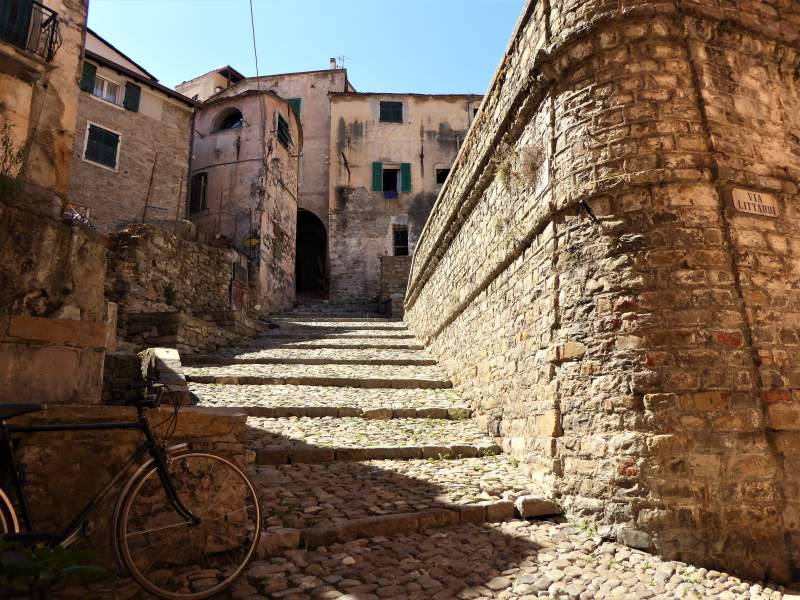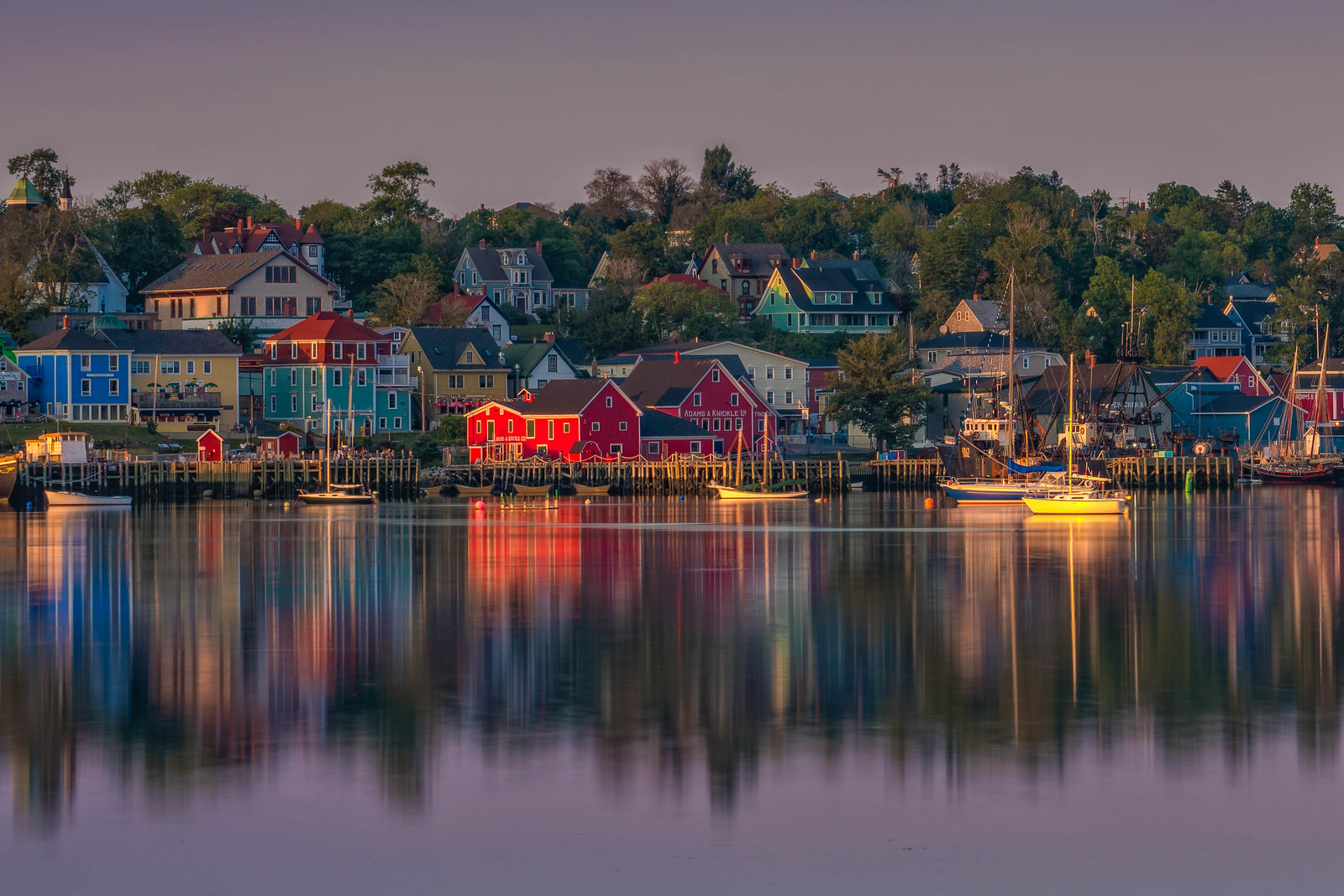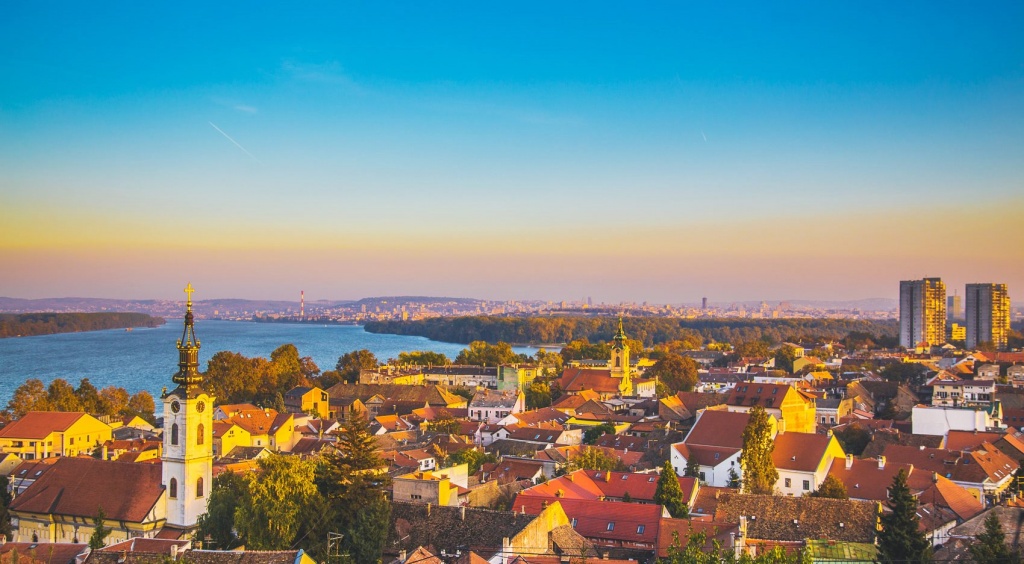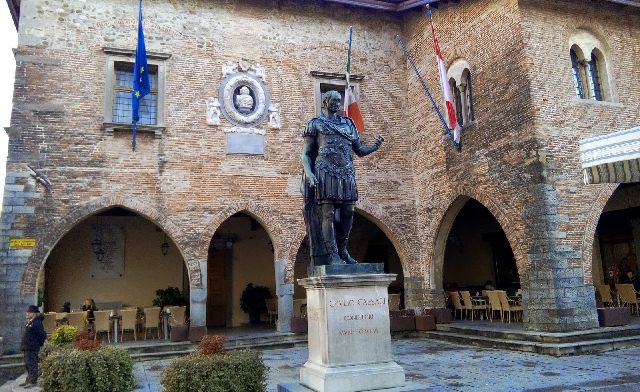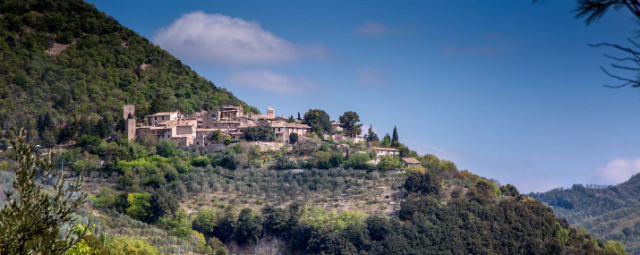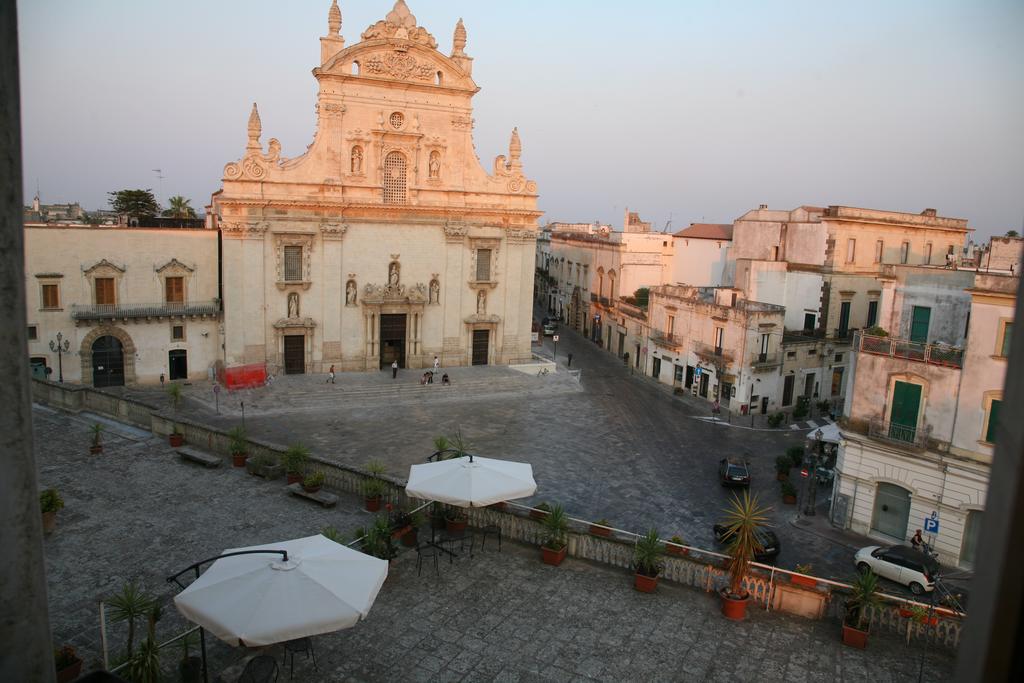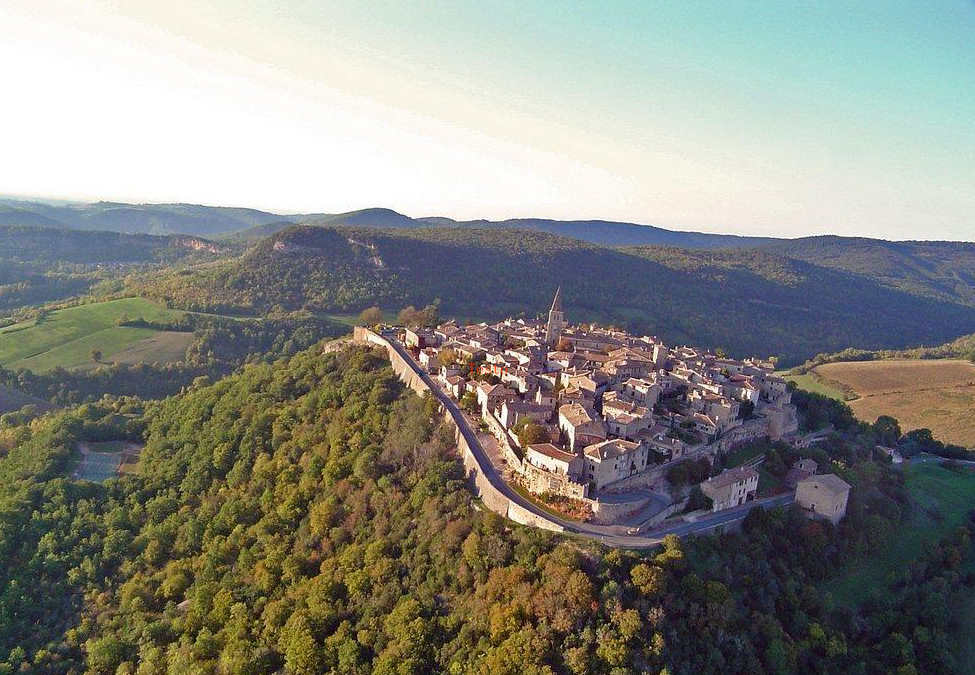Taggia is a village rich in art and nature in western Liguria. It is worth a stay in this medieval village with two souls: one historical, constituted by the ancient Taggia with its medieval historical center on the hills, along the bank of the Argentina river, and the other one seaside, constituted by the hamlet of Arma di Taggia, that offers a transparent sea awarded several times with the Blue Flag.
Taggia, of medieval origin surrounded by ramparts with gates, will surprise you with its particular triangular shape with a castle on top lying on the hill surrounded by olive trees, from which the famous taggiasche olives and a very tasty olive oil are obtained. The historical center of Taggia has come down to us intact and is the most important in Liguria after that of Genoa. It was built for defensive purposes because of pirate raids. The ancient Romans already built a base for commercial traffic, then destroyed by the Lombards.
The Middle Ages was for Taggia a period of great prosperity thanks to the arrival of the Benedictine monks who planted olive trees and began the production of taggiasche olives. Under the control of the Republic of Genoa, noble palaces, squares, churches and convents were built. At the end of the 15th century a jewel of architecture and art was built not far from the town, the convent of San Domenico, for centuries the most important art center of western Liguria. One of the symbols of Taggia is the long 16th century cobblestone bridge over the Argentina River. In fact, the visitor is greeted upon arrival by the monumental Ponte Antico, with 15 arches and a length of 275 meters. Built in the 13th century on the left bank of the river, the bridge was extended until the 17th-18th centuries.
